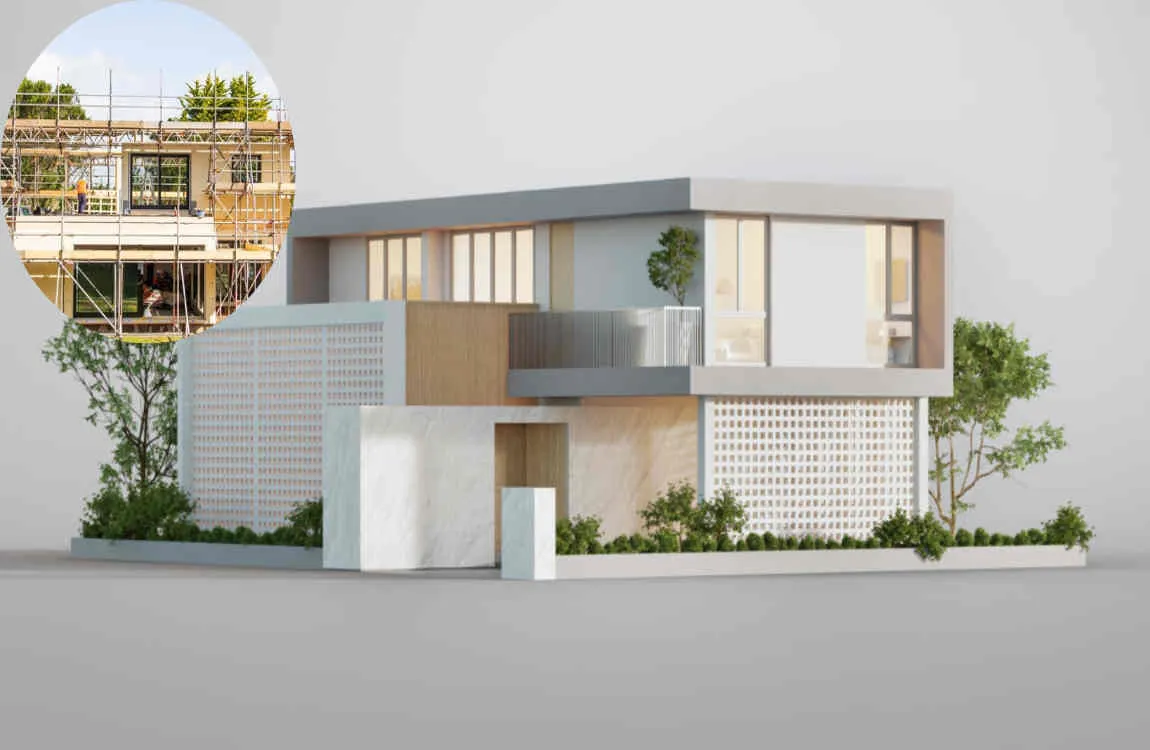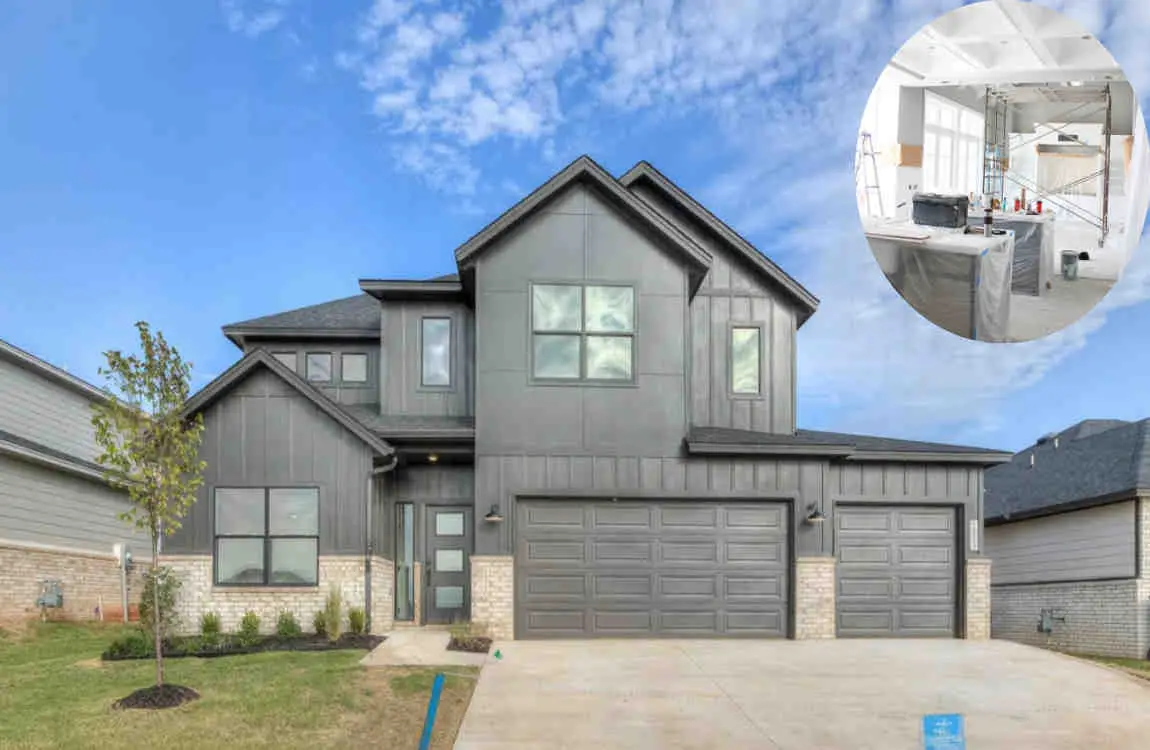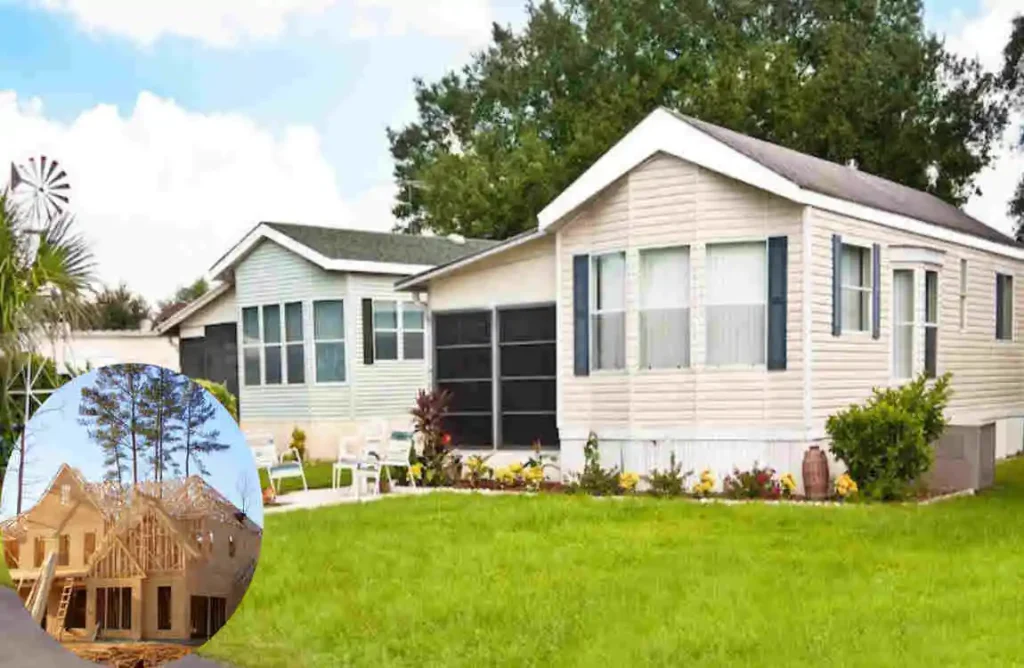Building your dream home is one of the most exciting adventures in life. Imagine waking up every day in a place that you designed just for yourself — every corner reflecting your style, every room serving your needs. This dream is powerful, but it also raises a big question: Is now a good time to build a home?
Timing can make or break your homebuilding experience. It affects your budget, your timeline, and even the overall success of your project. Starting at the wrong moment could mean facing unexpected costs, delays, or market downturns.
Understanding the Current Housing Market

Before you jump into building, it’s crucial to understand what’s happening in the housing and construction markets right now. These trends directly influence costs, availability, and how quickly your project might move.
Market Trends in Real Estate and Construction
The housing market has seen some dramatic shifts recently. After a period of soaring home prices and high demand, some areas are now experiencing a slowdown. Builders are cautiously optimistic, but they face challenges such as fluctuating demand and shifts in buyer preferences.
Supply and Demand Impact
When demand is high but supply is limited, building materials and labor become more expensive and more difficult to find. Conversely, when the market cools, prices might stabilize or even drop, giving you a better deal.
Interest Rates and Mortgage Environment
Interest rates have been rising, impacting mortgage affordability. This affects loans for buying land and construction loans to cover building costs. Higher rates mean higher monthly payments, which can influence your budget and timeline.
Many people ask, Is now a good time to build a home, especially considering today’s market conditions? The answer depends on your personal situation and how these market forces play out locally.
How Market Fluctuations Affect Building
Material prices can swing wildly, and labor shortages can delay projects. These fluctuations can extend your timeline and increase costs. Being aware of these issues helps you plan better and avoid surprises.
Financial Considerations When Building a Home
Money is often the most significant factor when deciding to build your dream home. Let’s break down the financial side to help you understand what you’ll face.
Average Costs Involved
Building a custom home usually involves several significant costs:
- Land purchase: Price varies based on location and size.
- Materials: Lumber, concrete, fixtures, and finishes.
- Labor: Skilled workers like carpenters, electricians, and plumbers.
- Permits and fees: Required by local authorities.
- Design and architecture: Custom plans or modifications.
Inflation and Material Shortages
Inflation affects everything from lumber to steel, and shortages can make materials even more expensive or more challenging to find. These factors can stretch your budget unexpectedly.
Financing Your Build
There are several financing routes you can take:
- Construction loans: Short-term loans that cover building costs.
- Traditional mortgages: For buying land or refinancing once the build is complete.
- Combination loans: Some lenders offer packages that cover both phases.
Interest Rates and Affordability
Rising interest rates make borrowing more expensive. This means your monthly payments could be higher than if you had started building a year ago. However, if you lock in a loan now, you might avoid future rate hikes.
Budgeting Tips
- Build a buffer: Plan for at least 10-20% extra for unexpected expenses.
- Track spending: Use spreadsheets or apps to monitor costs regularly.
- Get multiple quotes: Don’t settle on the first price you get for services or materials.
Benefits of Building Your Dream Home Now

Even with challenges, there are clear advantages to building your home today.
Full Customization
You may also read (what are the different types of house handrails available).
You can design your home exactly how you want it. From floor plans to finishes, you control every detail without compromising.
Buying Land and Building in Favorable Conditions
If the market cools, land prices might be more reasonable. This can be an excellent opportunity to purchase property and build without paying a premium.
Modern, Energy-Efficient Homes
New homes can include the latest energy-saving technologies — solar panels, smart thermostats, better insulation — saving you money long term and reducing your environmental footprint.
New Builds vs. Existing Homes
Building new means fewer repairs and upgrades compared to buying an older home. You also get warranties on new construction, giving you peace of mind.
Is now a good time to build a home? For many, these benefits make the timing worth considering carefully.
Potential Risks and Challenges of Building Now
Every silver lining has some clouds. Here’s what to watch out for.
Supply Chain Disruptions
Global shortages of materials, such as lumber or steel, can cause delays. You might have to wait longer or pay more to get what you need.
Labor Shortages
Many areas face a shortage of skilled construction workers, which can slow down your project and increase labor costs.
Volatility in Material Costs
Prices can shift unexpectedly, making budgeting tricky. Contracts with fixed prices can be helpful, but they aren’t always available.
Regulatory and Permit Delays
Depending on where you build, getting permits can take weeks or months, especially if local governments are backlogged.
Risk Mitigation
- Choose reliable builders: Experienced teams can navigate challenges better.
- Plan for delays: Build extra time into your schedule.
- Stay flexible: Be ready to adjust materials or designs if needed.
Deciding if now is the right time means weighing these risks against your personal goals and patience.
Key Factors to Consider Before Starting Your Build
Before breaking ground, ask yourself these critical questions.
Assess Your Financial Readiness
Do you have stable income, savings for a down payment, and a budget that accounts for surprises? Financial health is the foundation of a smooth build.
Understand Your Local Market
Market conditions differ widely by region. Research land prices, builder reputations, and permit processes in your area.
Selecting the Right Team
The architect, builder, and suppliers you choose will make or break your experience. Look for professionals with strong references and clear communication.
Project Timing and Weather
Building in certain seasons can affect progress. For example, winter might slow construction in cold climates.
Questions to Ask Yourself
Question Why It Matters
Can I commit time and energy now? Building takes effort beyond just money.
Is my credit strong enough? Affects loan approval and interest rates.
Am I flexible with timing? Delays happen; flexibility reduces stress.
Do I have a clear vision? Helps avoid costly changes mid-build.
Tips for Successfully Starting Your Dream Home Build
Getting off to a strong start lays the groundwork for success.
- Plan thoroughly: Research neighborhoods, design ideas, and costs.
- Hire professionals early: Architects and builders can advise on feasibility and budgets.
- Set a contingency fund: Expect the unexpected and prepare financially.
- Use technology: Apps and software can track progress and expenses.
- Clear communication: Regular updates and meetings with your contractor prevent misunderstandings.
Case Studies/Examples
Let’s look at two homeowners who recently started building:
- Sarah and Mike: Began during a market dip, secured a great land deal, and used a builder with a strong local reputation. Their project finished on time and on budget.
- Jenna: Started amid rising material costs and labor shortages. She faced delays but remained flexible by choosing alternative materials and adjusting her timelines.
Both learned that timing mattered, but preparation and adaptability mattered more.
You may also read (what are the best tips for house renovation success).
